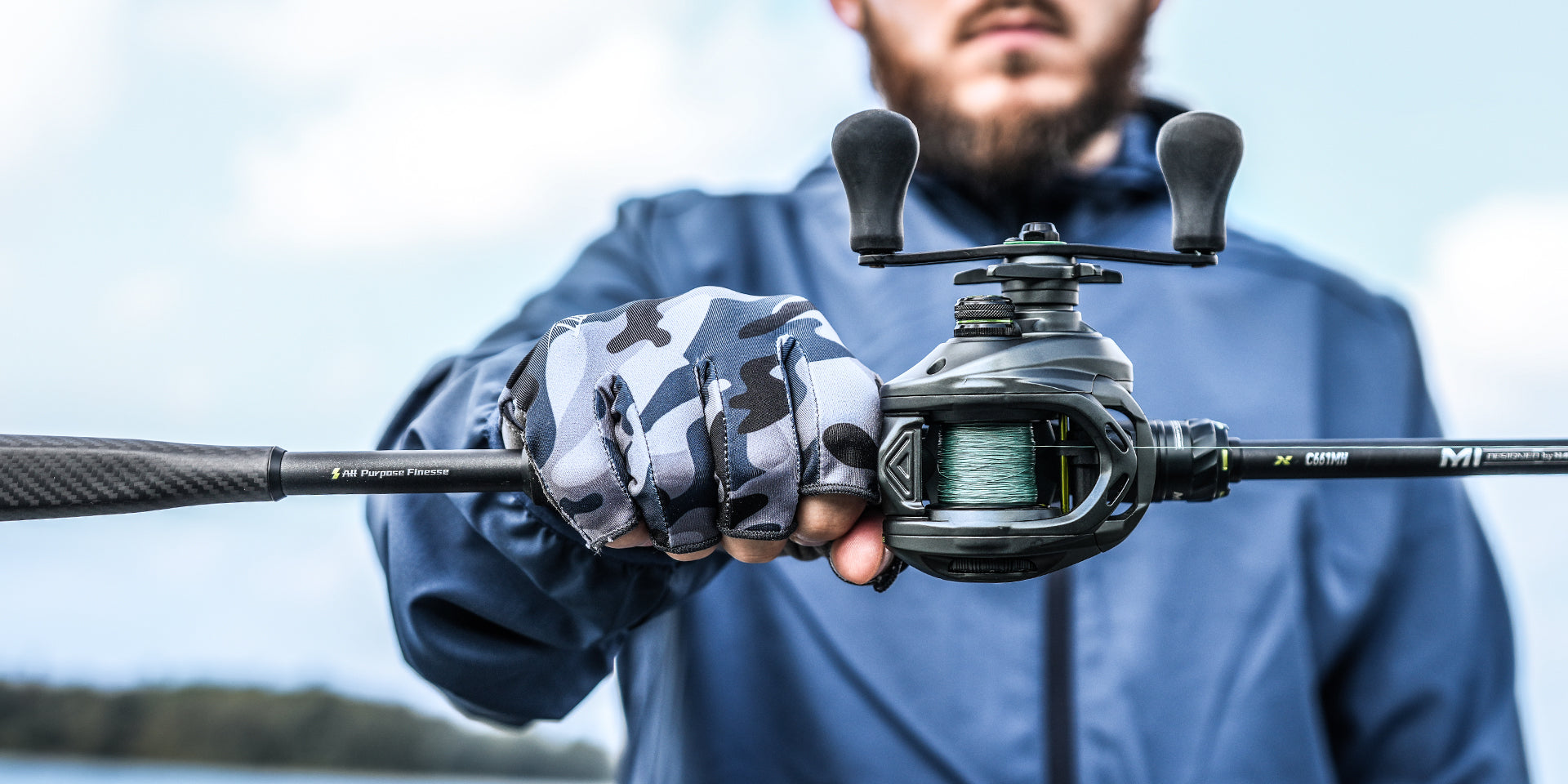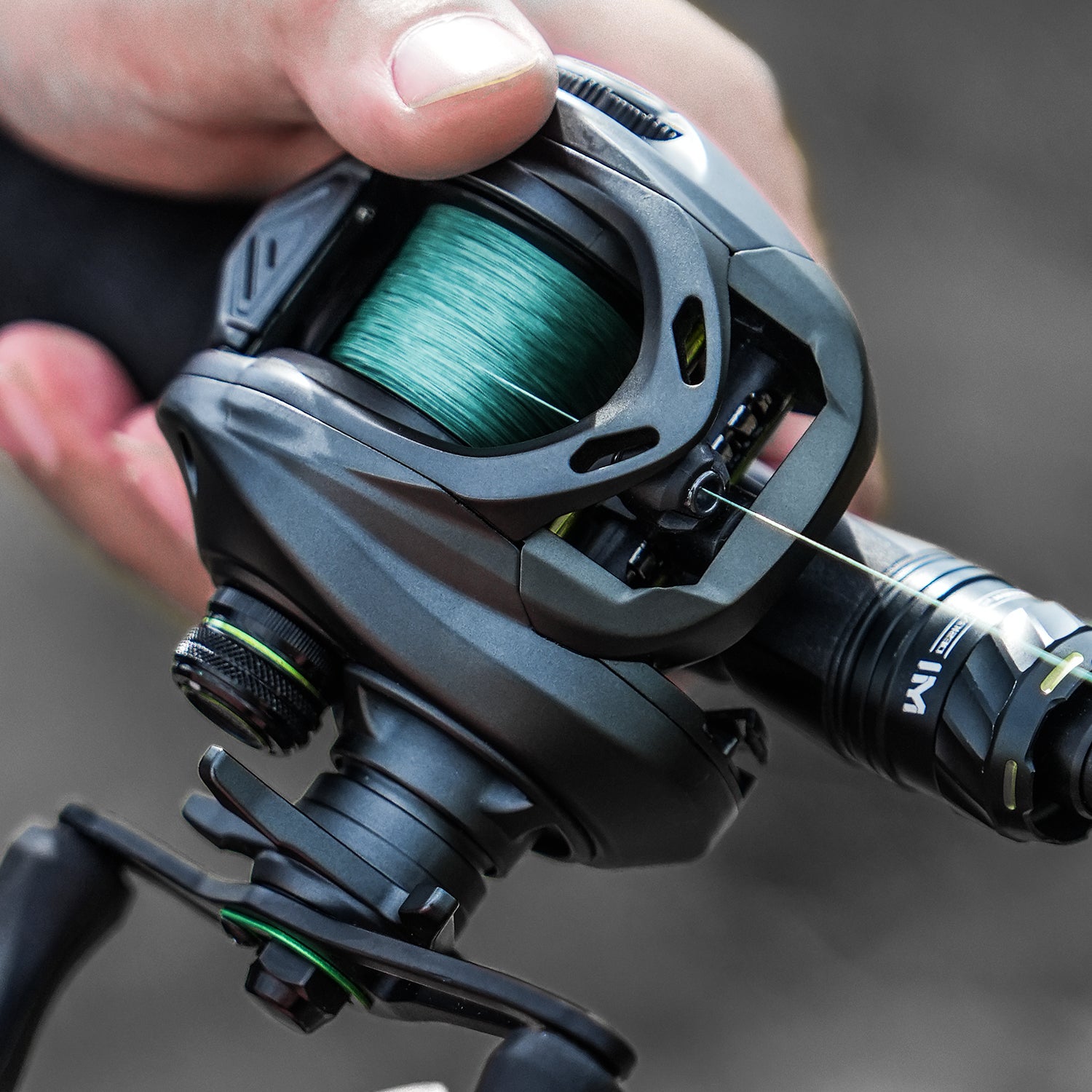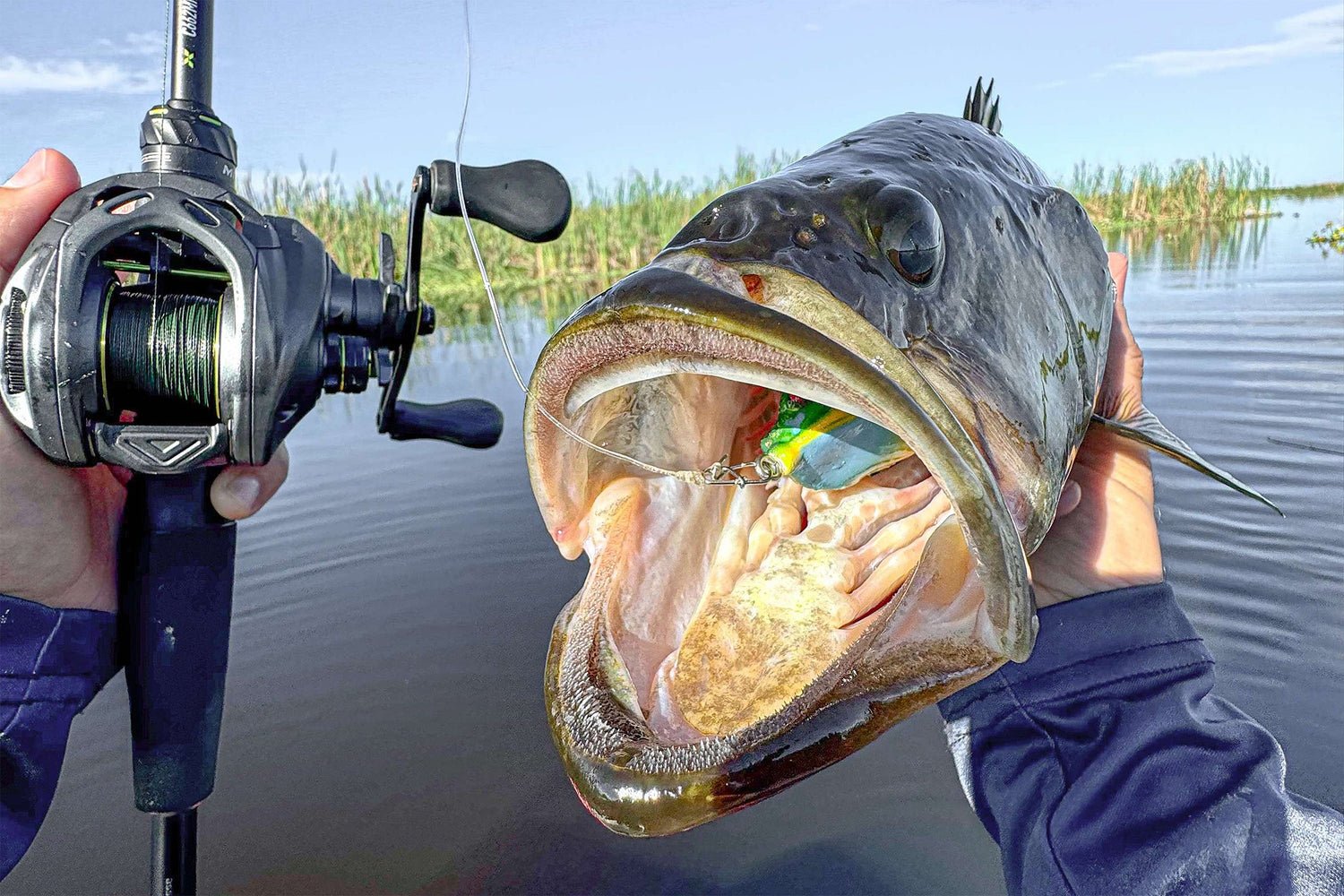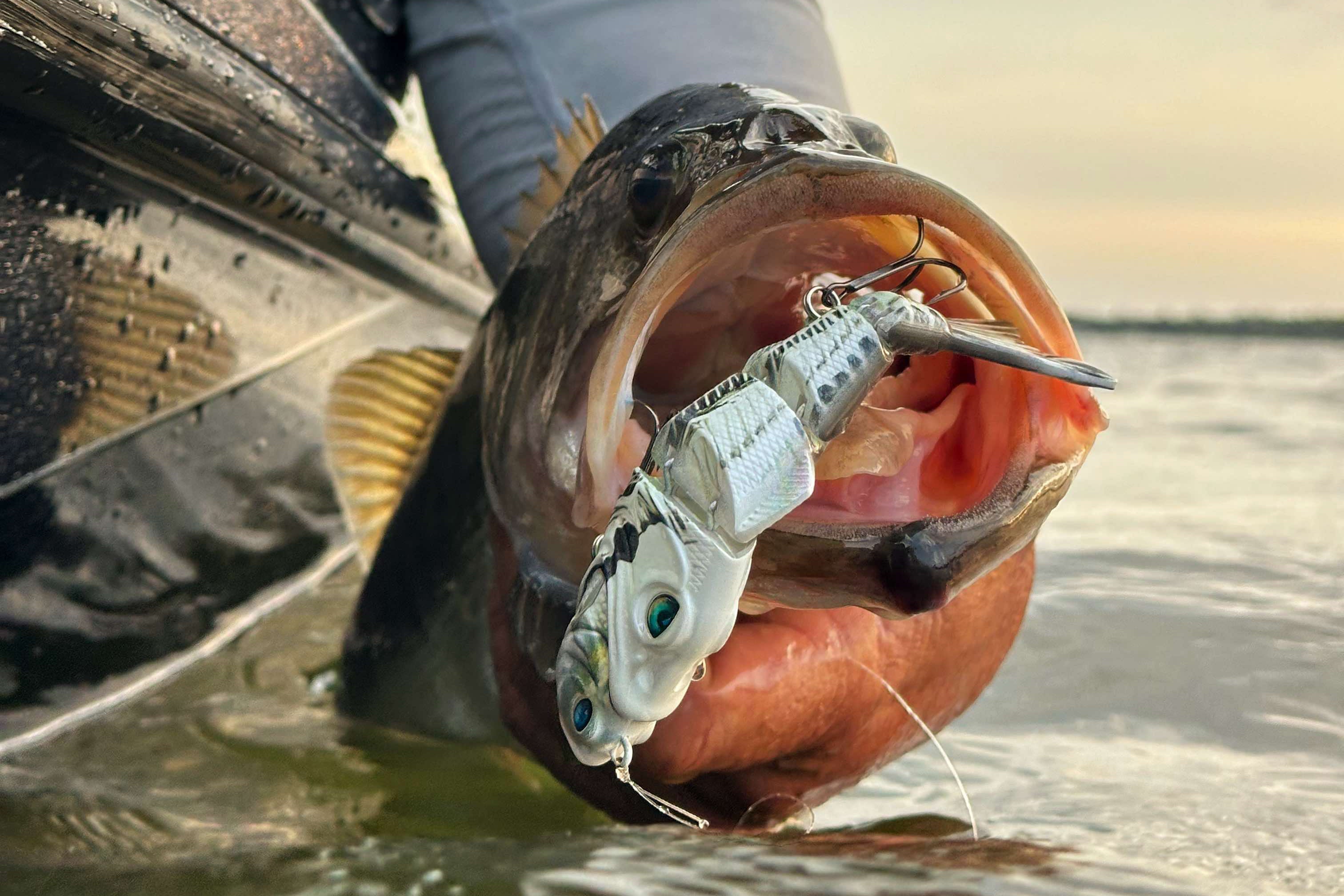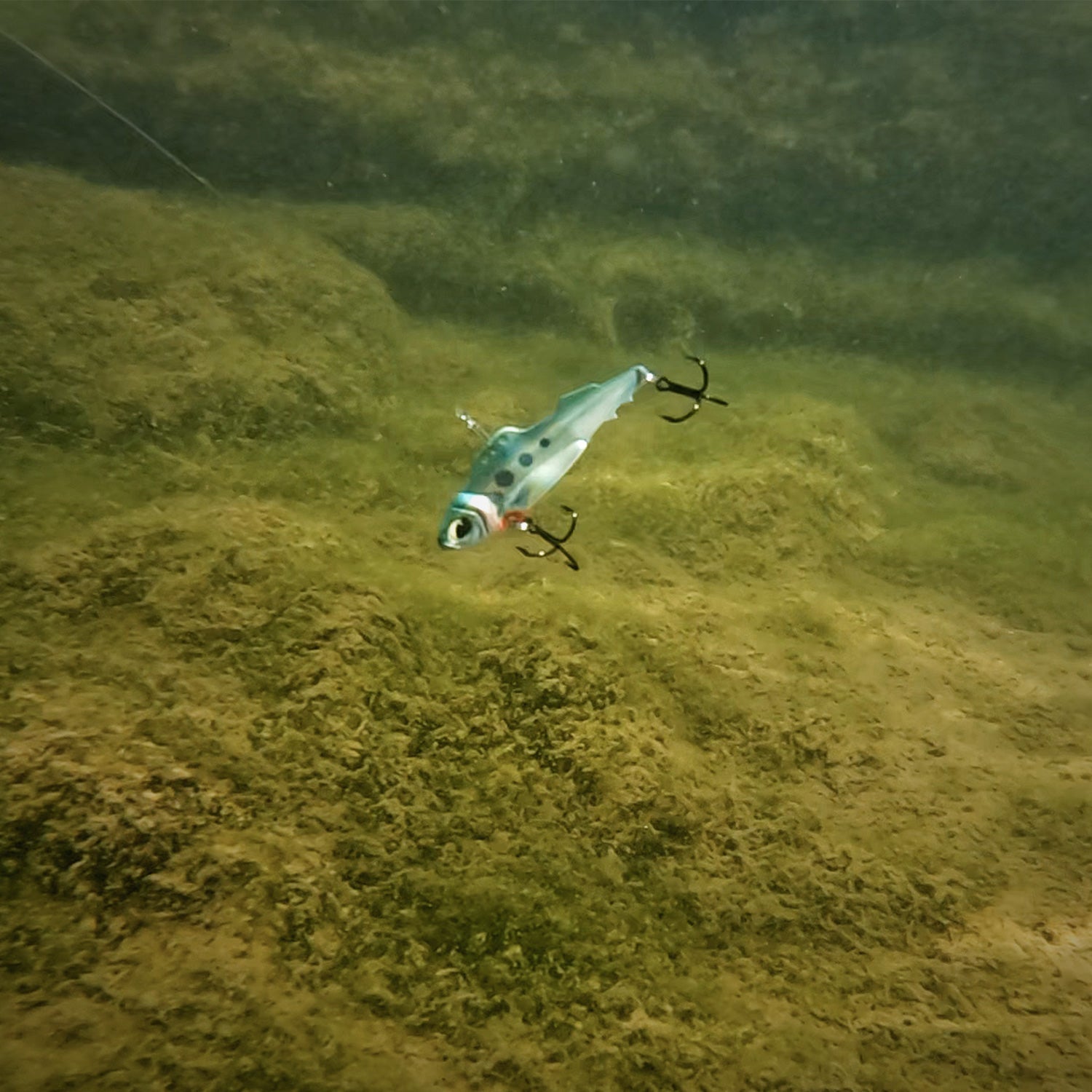Walk into any tackle shop, and you'll face the fundamental choice every angler makes: spinning or casting? These two workhorses of the fishing world get the same job done—casting a lure and fighting a fish—but they go about it in completely different ways. The reel you choose shapes your entire experience on the water, affecting everything from how far you can cast to the kinds of lures you can use effectively. Picking the right one isn't just a technical detail; it's the first step toward a more successful day of fishing.
Spinning vs. Baitcasting at a Glance
To get a quick sense of how these reels differ, here’s a look at their core characteristics.
| Feature | Spinning Reel | Baitcasting Reel |
| Rod Position | Sits underneath the rod | Sits on top of the rod |
| Spool Action | Fixed (Line uncoils off the spool) | Rotates during the cast |
| Primary Strength | Ease of use, great for light lures | Power, accuracy, and control |
| Learning Curve | Easy / Beginner-friendly | Steep / Better for experienced anglers |
| Tangle Risk | Low (can cause line twist) | High (backlashes require practice to avoid) |
The Spinning Reel: A Versatile Starting Point
If you have a picture in your mind of a classic fishing setup, it probably includes a spinning reel. Hanging below the rod with its distinctive wire bail, the spinning reel is the most common and recognizable reel out there. It’s designed to be incredibly user-friendly, making it the perfect entry point for new anglers and a reliable staple for seasoned pros.
Simple by Design
Casting a spinning reel is a simple, fluid motion. You just flip open the bail, hold the line with your finger, and let the lure fly. The line peels effortlessly off a stationary spool, which dramatically reduces the chance of the dreaded "bird's nest"—a tangled mess that can shut down your fishing in a hurry. This simplicity lets you focus on learning how to cast and present your lure instead of fighting with your gear. The spinning reel is the undisputed king of light-tackle fishing and is known for its smooth drag system that’s easy to adjust in the middle of a fight.
The Baitcasting Reel: For Power and Precision
A baitcasting reel sits on top of the rod and has a spool that actively rotates on the cast. This design is the source of the baitcaster's legendary performance, but it's also what makes it more challenging to use. It's the preferred choice for many serious tournament anglers and veterans who demand the highest level of control.
A Skill Worth Learning
Using a baitcaster requires a bit of touch. Your thumb becomes part of the reel's braking system, feathering the spool to prevent it from spinning faster than the lure is flying. If you don't get it right, you get a backlash. Modern baitcasters have advanced braking systems that help, but they don't eliminate the need for an educated thumb. Once you get the hang of it, however, a baitcasting reel unlocks a new level of performance, offering pinpoint accuracy and serious cranking power to pull big fish from heavy cover.
How to Make the Right Choice
So, how do you decide? The right reel really depends on how you fish, what you're fishing for, and your experience level. Neither is flat-out better than the other; they are simply different tools for different tasks. Many dedicated anglers own both types, allowing them to switch between a spinning rod for finesse tactics and a baitcasting rod for power fishing.
To make it simple, here’s a breakdown of which reel to grab for common fishing situations.
Best Situations for Each Reel
| Fishing Scenario | Recommended Reel | Why It's the Best Choice |
| You're a Beginner | Spinning | The learning curve is minimal, leading to less frustration and more fishing. |
| Using Finesse Baits & Light Lures | Spinning | It excels at casting lightweight baits that are too light for a baitcaster. |
| Fishing in Heavy Cover (Weeds, Docks) | Baitcasting | It has the raw winching power needed to pull big fish out of snags. |
| Throwing Large, Heavy Lures | Baitcasting | It’s built to handle heavy lines and the strain of big swimbaits or crankbaits. |
| When Pinpoint Accuracy Matters | Baitcasting | It offers superior control for dropping a lure in a tight spot. |
| Targeting Panfish or Trout | Spinning | It's perfectly matched for the light lines and small lures these species prefer. |
The Right Tool for the Job
In the end, the decision between a spinning reel and a baitcasting reel isn't which is better in general, but which is best suited to the task at hand. The spinning reel is the versatile, easy-to-use option that works best with lighter presentations. The baitcaster is the high-performance option that provides amazing power and accuracy to those willing to master its subtleties. By pairing the reel with your fishing style, you'll be better prepared and more confident whenever you go fishing.


